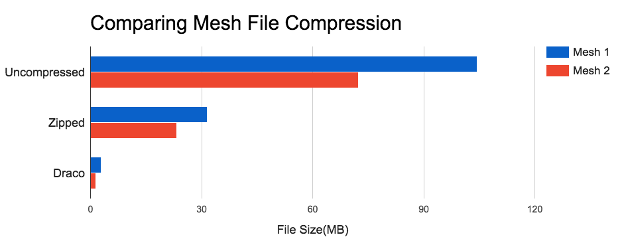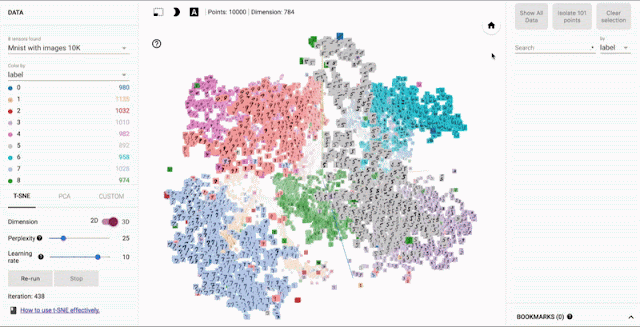Existing mechanisms for file sharing are so fragmented that people waste time on multi-step copying and repackaging. With the new open source project Upspin, we aim to improve the situation by providing a global name space to name all your files. Given an Upspin name, a file can be shared securely, copied efficiently without "download" and "upload", and accessed by anyone with permission from anywhere with a network connection.
Our target audience is personal users, families, or groups of friends. Although Upspin might have application in enterprise environments, we think that focusing on the consumer case enables easy-to-understand and easy-to-use sharing.
File names begin with the user's email address followed by a slash-separated Unix-like path name:
[email protected]/dir/file.
If the user wishes to share a directory (the unit at which sharing privileges are granted), she adds a file called Access to that directory. In that file she describes the rights she wishes to grant and the users she wishes to grant them to. For instance,
Upspin looks a bit like a global file system, but its real contribution is a set of interfaces, protocols, and components from which an information management system can be built, with properties such as security and access control suited to a modern, networked world. Upspin is not an "app" or a web service, but rather a suite of software components, intended to run in the network and on devices connected to it, that together provide a secure, modern information storage and sharing network. Upspin is a layer of infrastructure that other software and services can build on to facilitate secure access and sharing. This is an open source contribution, not a Google product. We have not yet integrated with the Key Transparency server, though we expect to eventually, and for now use a similar technique of securely publishing all key updates. File storage is inherently an archival medium without forward secrecy; loss of the user's encryption keys implies loss of content, though we do provide for key rotation.
It’s early days, but we’re encouraged by the progress and look forward to feedback and contributions. To learn more, see the GitHub repository at Upspin.
By Andrew Gerrand, Eric Grosse, Rob Pike, Eduardo Pinheiro and Dave Presotto, Google Software Engineers




